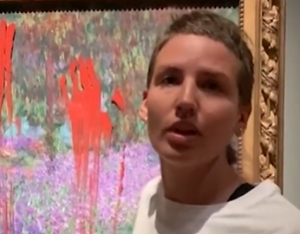Ajanta and Ellora are two
monumental rock-cut caves which are regarded as the universal masterpieces of
Buddhist religious art. They are found in the Aurangabad district of
Maharashtra and are situated at a distance of approx 100 km from each other.
These caves are embedded with amazing paintings and rock-cut sculptures that
describe the surviving examples of Ancient Indian Art.
Also Read| 5 places you must visit before they disappear
The Ajanta caves are a
classic example of beautiful paintings made on the cave walls. These figures
represent religious art of Buddhism and stories that tell about the previous
lives of Buddha . It is a cluster of 30 caves of various sizes excavated in a
horseshoe shaped stretch of rock embedded in a hill facing a narrow stream
called Waghora. These caves were infact accidentally discovered and were
covered in jungle before that. They are named after a local town Ajanta. The
Ajanta caves date back to the 2nd century which was their first
phase and the second group of caves was built around 400-650 AD which is
considered to be their second phase.
Also Read| Travel destinations in India where even Indians require permits for entry
The Ellora caves is one of
the most popular destinations of tourism in Maharashtra. It is situated62 miles
away from the Ajanta caves but they are mentioned side by side because of their
aesthetics, importance and close proximity. Ellora Caves, which comprise Hindu,
Jain, and Buddhist caves, last dated
from the same era as Ajanta. The Ellora Caves, as well as other sites like as
the Elephanta Caves, Aurangabad Caves, Shivleni Caves, and Karnataka’s cave temples,
use the Ajanta style. . Viharas or monasteries, which were enormous,
multi-story complexes cut into the rock face and included living quarters,
sleeping quarters, kitchens, and other rooms, make up the majority of these
constructions.
Who declared Ajanta
and Ellora as a world heritage site?
UNESCO declared Ajanta and
Ellora as a World Heritage Site in 1983. The site is a protected monument in
the care of the Archaeological Survey of India.






